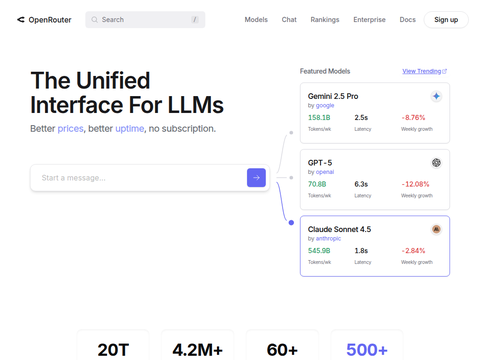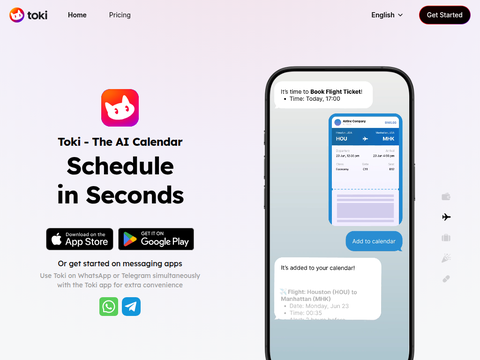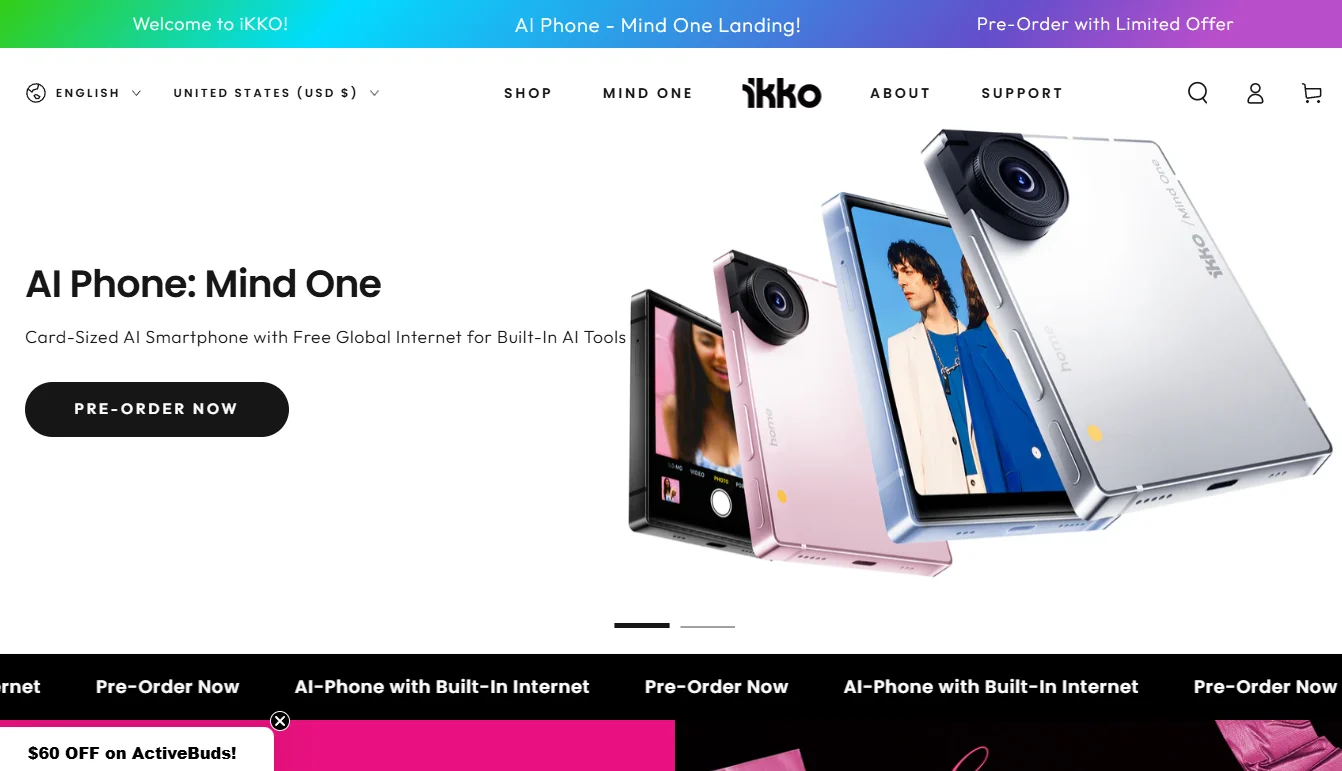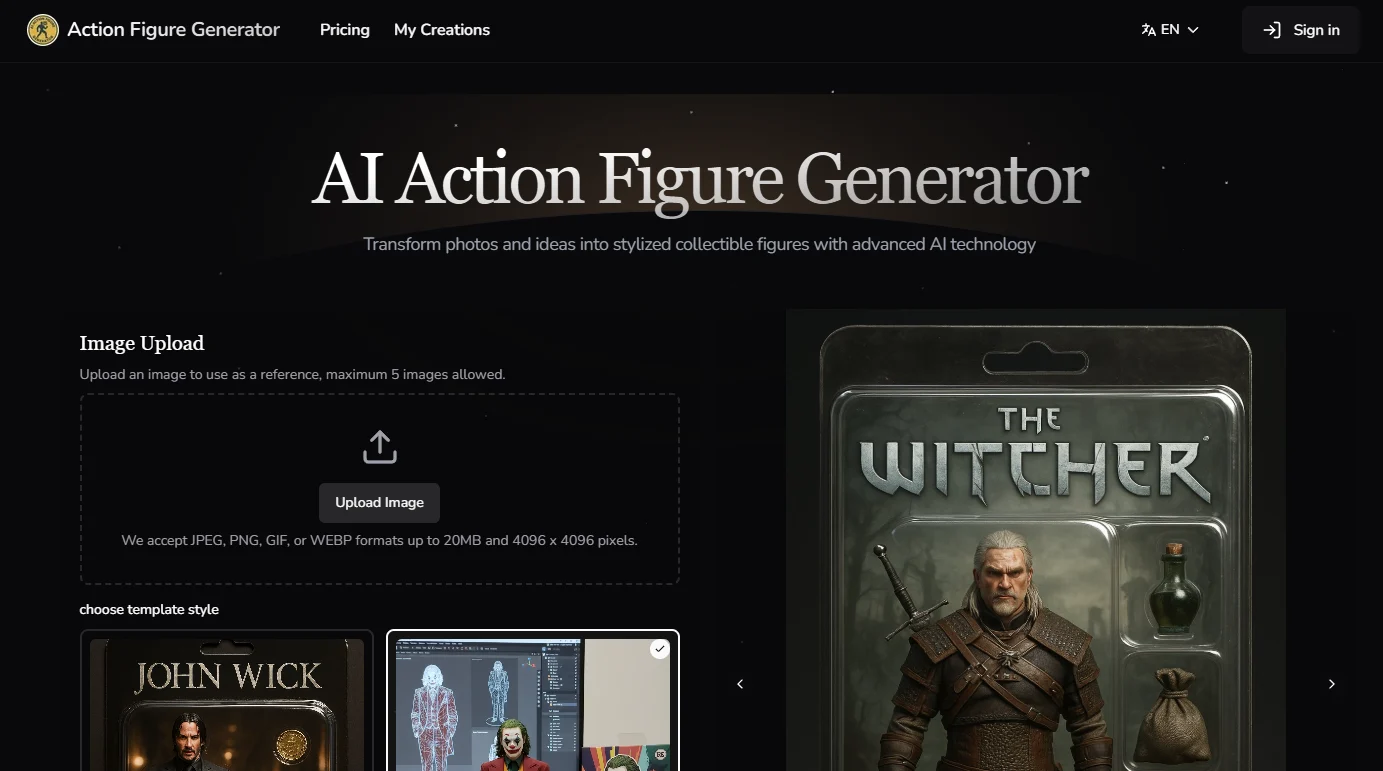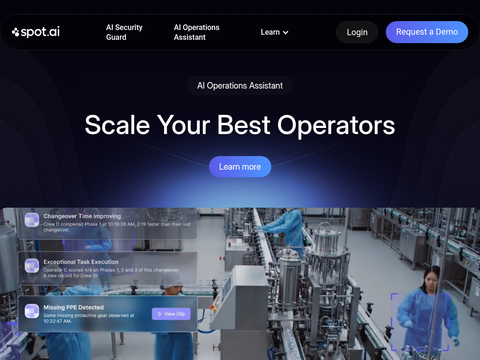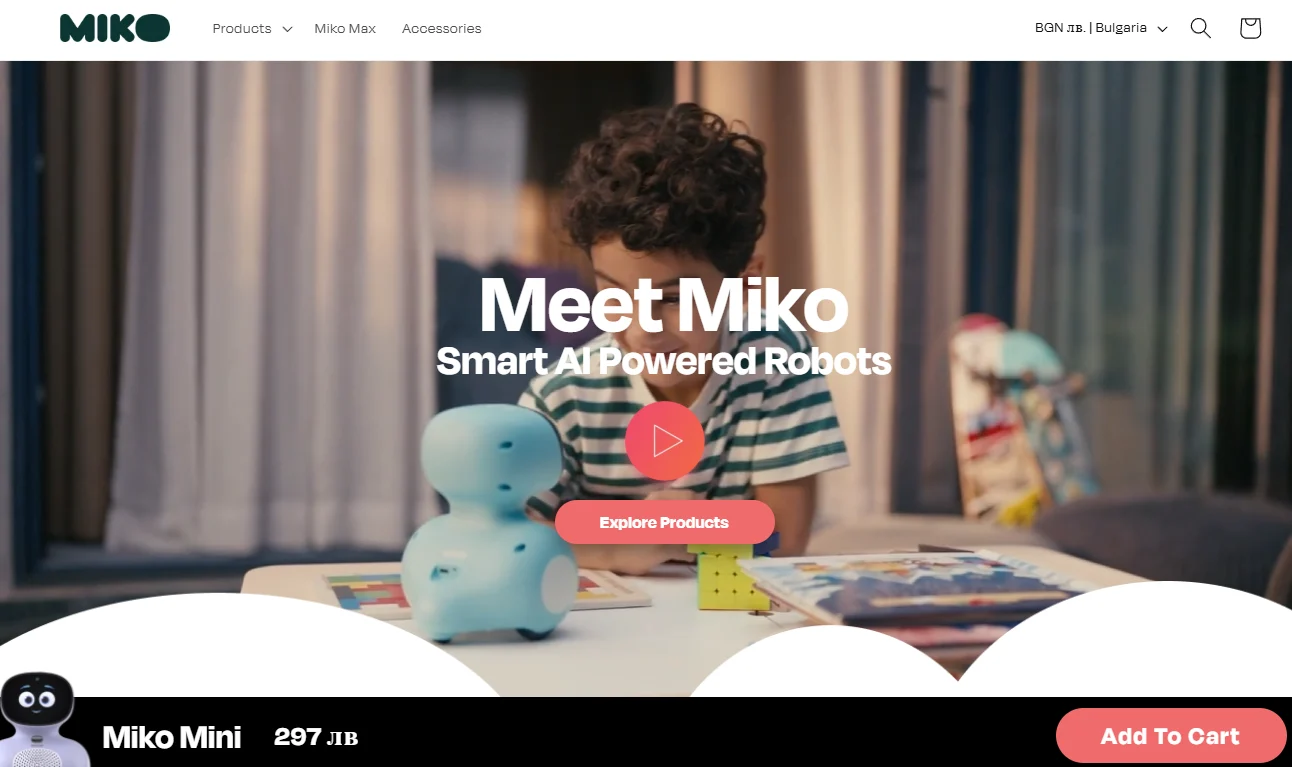The increasing demand for machine learning models that efficiently manage visual and linguistic tasks has surged in recent years. This growth underscores the urgent need to balance performance with resource consumption, especially within environments that have limited resources like laptops, standard consumer GPUs, or mobile devices. A number of Visual-Language Models (VLMs) are deemed impractical for deployment on devices since they demand substantial computational power and memory. For example, the Qwen2-VL model, while dependable in performance, requires costly hardware and a large amount of GPU memory, which constrains its widespread use and effectiveness in real-time device-based applications. Therefore, there's a growing market necessity for lightweight models that provide strong performance with minimal resource utilization.
In response to this challenge, Hugging Face has recently introduced SmolVLM, a visual-language model with 2 billion parameters tailored specifically for on-device inference. Compared to other models that have similar GPU memory consumption and token processing rates, SmolVLM outperforms them with its enhanced efficiency. A standout feature of SmolVLM is its capability to function effectively on smaller devices, such as laptops and consumer-grade GPUs, without compromising on performance quality. Balancing performance and efficiency in models of its size and capability is notably difficult, yet SmolVLM achieves this balance through its finely-tuned architecture aimed at lightweight inference.
From a technical standpoint, the optimized architecture of SmolVLM facilitates efficient inference directly on devices. It can be seamlessly fine-tuned using platforms like Google Colab, making it accessible for researchers, developers, and enthusiasts who have limited resources to experiment and develop. Its streamlined design ensures it runs smoothly on laptops or manages millions of documents with consumer-grade GPUs. A major advantage of SmolVLM is its low memory footprint, allowing it to be deployed on devices that previously couldn't handle models of comparable size. In terms of token generation throughput, SmolVLM excels, producing tokens 7.5 to 16 times faster than the Qwen2-VL model. This improvement is primarily due to its simplified architecture, which optimizes both image encoding and inference speeds. Even with an identical number of parameters to Qwen2-VL, SmolVLM's efficient image encoding prevents device overloads, an issue that often causes system crashes in models like Qwen2-VL on devices such as the MacBook Pro M3.
The value of SmolVLM lies in its ability to provide high-quality visual-language inference without necessitating high-performance hardware. This is a significant benefit for those who want to engage in experimental research and development on visual-language tasks but are hesitant to invest in expensive GPUs, including researchers, developers, and enthusiasts. In testing conducted by the team, SmolVLM demonstrated its efficiency by evaluating 50-frame YouTube videos and generating results on CinePile, a benchmark designed to assess a model's comprehension of cinematic visuals. SmolVLM achieved a score of 27.14%, positioning it between two resource-heavy models, InternVL2 (2B) and Video LlaVa (7B). Notably, SmolVLM wasn't trained on video data yet performed comparably to models created specifically for this task, highlighting its robustness and versatility. Additionally, SmolVLM maintains accuracy and output quality while achieving these efficiency gains, illustrating the potential to develop smaller models without sacrificing performance.
In conclusion, SmolVLM marks a significant milestone in the realm of visual-language models. By enabling the execution of complex VLM tasks on everyday devices, Hugging Face addresses a vital gap in the current AI tool ecosystem. SmolVLM stands competitively among its peers, regularly outperforming other models in speed, efficiency, and device usability. With its compact architecture and high token throughput, SmolVLM serves as a valuable asset for individuals requiring powerful visual-language processing abilities without access to top-tier hardware. This advancement is expected to broaden the usage of VLMs, making advanced AI systems more accessible and widespread. As artificial intelligence continues to become more personalized and ubiquitous, models like SmolVLM will equip a wider audience with robust machine learning capabilities, paving the way toward a smarter future.

